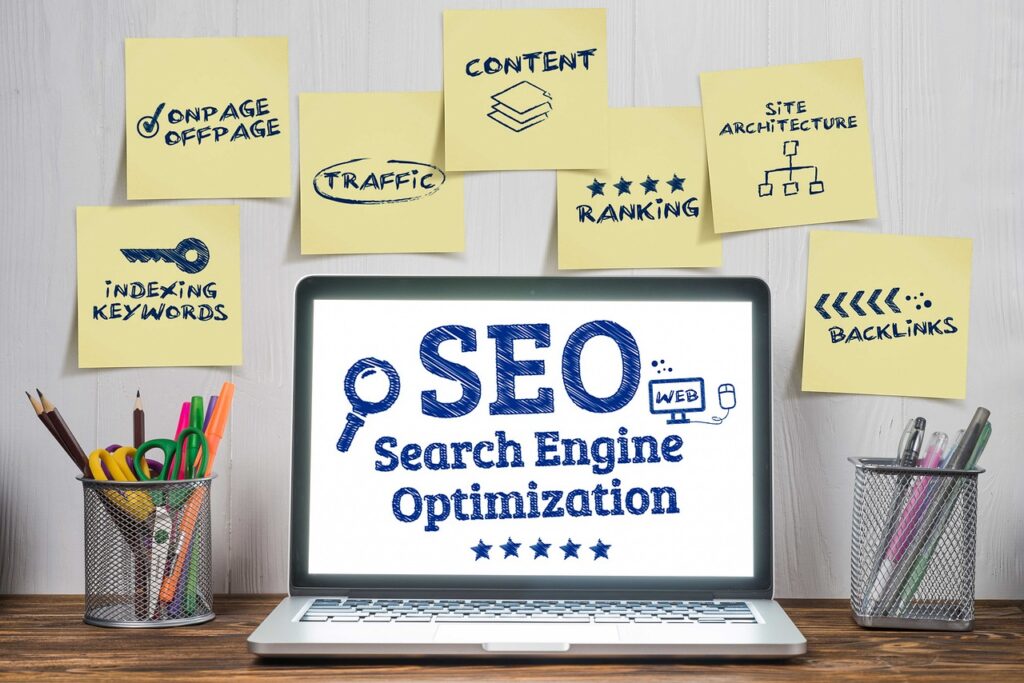In today’s digital age, having a strong online presence is crucial for businesses. Whether you’re a startup, a local business, or an established brand, reaching your target audience requires a strategic approach. Two of the most commonly used strategies to boost online visibility are SEO (Search Engine Optimization) and SEM (Search Engine Marketing). But what exactly are these methods, and how do you choose the right one for your business? In this blog, we’ll explore the key differences between SEO and SEM and help you decide which strategy suits your business goals.
What Is SEO?
SEO, or Search Engine Optimization, involves optimizing your website to rank higher in search engine results organically. Instead of paying for visibility, SEO focuses on making your website appealing to search engines through quality content, proper keywords, and technical optimization.
Key Components of SEO:
- On-Page Optimization: Optimizing elements like meta tags, headlines, and images on your web pages.
- Off-Page Optimization: Building backlinks and maintaining a good online reputation.
- Technical SEO: Improving website speed, mobile-friendliness, and overall structure.
Benefits of SEO:
- Increases organic traffic without direct ad spend.
- Provides long-term results with consistent effort.
- Builds brand credibility as users trust organic search results more than ads.
What Is SEM?
SEM, or Search Engine Marketing, leverages paid advertising to appear on search engine results pages (SERPs). Platforms like Google Ads and Bing Ads allow businesses to bid on keywords, ensuring their website appears as an ad for relevant searches.
Key Components of SEM:
- Paid Search Ads: Targeted ads displayed on search engines.
- Keyword Strategy: Selecting and bidding on the right keywords for your audience.
- Performance Tracking: Measuring the success of campaigns through analytics.
Benefits of SEM:
- Delivers quick results, ideal for short-term campaigns.
- Allows precise targeting based on location, demographics, and behavior.
- Offers measurable ROI, making it easier to optimize campaigns for better performance.
Key Differences Between SEO and SEM
| Aspect | SEO | SEM |
|---|---|---|
| Cost | Free organic traffic; requires time and effort. | Paid ads with costs per click (CPC). |
| Time | Long-term strategy; results take time. | Immediate visibility once ads are live. |
| Traffic | Sustained growth through organic reach. | Instant traffic from paid ads. |
| Visibility | Appears below ads in search results. | Displays at the top as ads. |
| Goals | Focused on brand awareness and trust. | Ideal for driving quick leads and sales. |
Pros and Cons of SEO
Pros:
- Cost-effective in the long run.
- Builds trust and authority.
- Supports sustained growth.
Cons:
- Time-consuming to see results.
- Requires regular updates due to algorithm changes.
Pros and Cons of SEM
Pros:
- Instant results and visibility.
- Flexible budget options.
- Highly measurable and trackable.
Cons:
- Expensive for competitive industries.
- Traffic stops when ads are paused.
- Requires constant monitoring and adjustments.
Which Is Better for Your Business?
The choice between SEO and SEM depends on your unique business needs.
Choose SEO if:
- You aim for long-term growth and sustainability.
- Your budget is limited.
- Your industry has low to moderate competition.
Choose SEM if:
- You need immediate results, such as for a product launch or promotion.
- You’re in a competitive niche where organic ranking is tough.
- You have a flexible budget for advertising.
Can SEO and SEM Work Together?
Absolutely! SEO and SEM can complement each other to maximize your online presence. For instance:
- Use SEM for immediate traffic while you build your SEO strategy.
- Test high-performing keywords with SEM before incorporating them into SEO content.
This combined approach allows you to benefit from the strengths of both strategies.
Conclusion
SEO and SEM are powerful tools for driving traffic and growing your business. While SEO is a sustainable and cost-effective option, SEM provides instant results for time-sensitive goals. The key is to assess your business objectives, budget, and timeline to make an informed choice. In many cases, a combination of both can offer the best results.
Call to Action
Not sure which strategy suits your business? Reach out to our digital marketing experts for a free consultation! Have questions or insights? Share them in the comments below—we’d love to hear from you!

